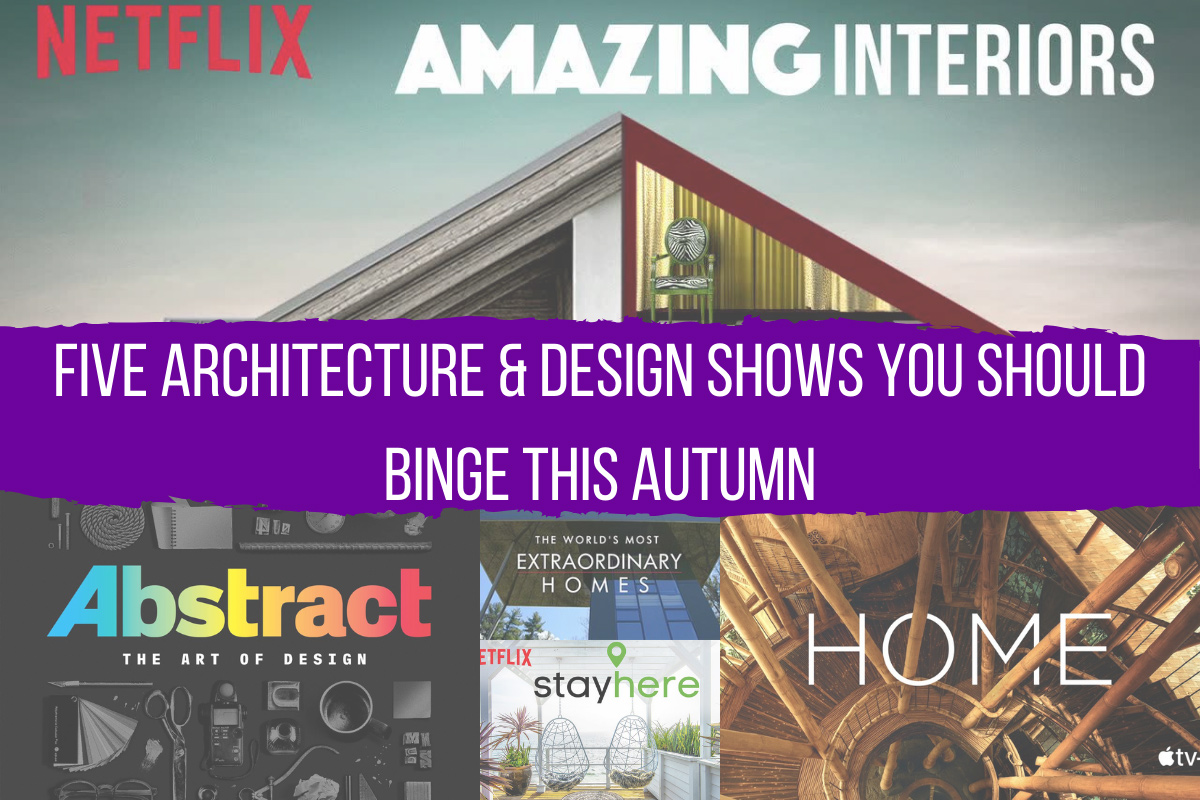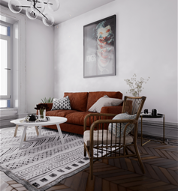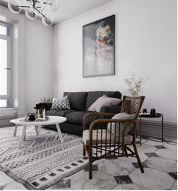We, humans, are innately visual creatures. If we can see it, we can believe it and ultimately, buy into it. But what if we could go an extra step further to actually feel it? Virtual reality has done just this with its computer-generated immersive qualities which are becoming more prominent in the real estate industry.
The previsualization of real estate spaces has elevated to new heights over the past decade. This is mainly because of the advancements in photorealistic renderings and animations. Builders, developers, real estate agents, and others have used them to show what a project will look like prior to final construction.
The result? Real estate professionals are able to leverage visually compelling marketing materials to build brands, pre-sell properties, and even gain funding and permitting from government and local municipalities.

3D Rendering of NYC Penthouse

3D Rendering of NYC Penthouse
Once renderings/animations become photorealistic, they are a highly effective marketing tool. However, now that the market has been saturated with photorealistic renderings/animations, inevitably, the next question becomes: what is the next frontier to provide viewers with an even more realistic experience of real estate properties?
The Next Level
In my opinion, all directions point to virtual reality. VR is an artificial environment where the user has the ability to control what happens. In other words, Virtual Reality uses 3D technologies to model a complete 360° view of a real estate space to provide a fully immersive experience that can be viewed on a VR headset.
However, it is important to note the distinction between 360° live tours (such as those built on platforms like Matterport) and VR.
In order to construct a 360° tour, you need a 360° camera to take several pictures of the area which are then stitched together to create a tour. VR is completely computer-generated but has the same 360° experience. Unlike 360° tours, VR can be created before completing construction. Below are some features of Virtual Reality that makes it a highly compelling tool within the real estate industry:
VR Features
- Believable – The experience must make you feel like you are physically present in the space. VR technology has progressed so the user feels they are experiencing the virtual space in a realistic way.
- Interactive – Your movement should be matched in real-time. i.e. physically being able to walk around in the space. 360° live tours are often referred to as “fake virtual reality” because they are produced out of pictures that are stitched together. VR allows the user to walk from room to room and interact with objects in whatever way they would like.
- Immersive – The immersive nature of VR gives it a competitive advantage over traditional 3D renderings/animation. Virtual Reality offers a 360° view of a real estate space, whereas traditional 3D renderings and animations only show a 180° view of a space.
- Shareable – VR is easily accessible and shareable via desktop, laptop, and mobile devices. A recent advancement has made possible cloud-based, real-time 3d streaming of the experience on desktops, laptops, and mobile devices. Check out how Furioos has rolled out this innovative technology that has made this possible.
Now we will explore some additional benefits that make Virtual Reality a robust tool for the real estate industry.
Multi-Asset Creation from VR experience
Clients typically commission a project that produces either renderings and/or animation. When you build a VR experience you can extract multi-purpose media from the project that includes video and still renderings.
In VR, clients have a full view of the space, allowing them to choose any area to view as a rendering or feature in an animated video whereas a 3D rendering/animation project only allows for a 180° view. If you wanted to show another part of a space, you would have to pay for an additional rendering/animation in order to see that area.
Here is a sample project that Marketing Reel built illustrating some renderings and animations.
Lightning Fast Rendering Times
One of the main competitive advantages of VR compared to traditional 3D rendering/animations is that VR can export high-quality 3D renderings and motion videos in less time and at a fraction of the cost. This is because they are built-in separate software programs. 3D animation programs often require several days to render and thousands of dollars to export into a video file that users can watch.
VR processes renderings and animations instantaneously which results in time-efficient turnarounds and cost savings. Ultimately, short production schedules translate into cost-effective advantages for the client. VR processes renderings. and animations instantaneously resulting in time-efficient turnarounds and cost savings.
Product Variation
Within the VR experience, you are now able to switch between various products within the space. For example, the user can explore different types of flooring to see how they would look in certain areas. Viewers can also mix and match at their convenience to find what fits their needs and preferences.
This level of customization is a game-changer for developers and interior designers who are looking to test products in a virtual environment before committing to a physical product. They no longer have to make a large purchase purely based on their own opinion, rather, potential leasers can provide insight on their interior design preferences beforehand. This kind of objective data will inform better decision-making and ultimately cost savings.
User Analytics
VR headsets are now equipped with eye-tracking technology that records what users see and for how long. Heat mapping and gaze tracking allow clients the opportunity for invaluable insights into user intent. This technology and its application are evolving every day.
Social Share-ability
Previously, a VR experience required a high powered computer using a VR headset. It was not possible to have the same experience on a regular desktop, laptop, or mobile device. However, recent advancements in technology make it possible to easily share these experiences across all devices. As mentioned above, Furioos, has created a platform that streams VR experience onto any device without loss of functionality.
Conclusion
Thanks to advancements in technology, Virtual reality provides a fully immersive, explorable, and shareable experience to view real estate spaces. This makes it a superior tool when compared to 3D renderings/animation as well as 360° live video tours. VR is growing and with the recent ability to stream it on different devices, users can experience unparalleled immersion, interactivity, and actionable analytics within the real estate industry.
Scordio Construction is a high-end residential contractor that provides budget estimating for those looking to build or renovate their home in the New York Metropolitan area. Check out Scordio Constructions project portfolio here.
- Virtual Reality and Real Estate - July 2, 2020
- 360° Tours & The Real Estate Market - June 18, 2020
- One of the best general contractors in New York - October 3, 2019










